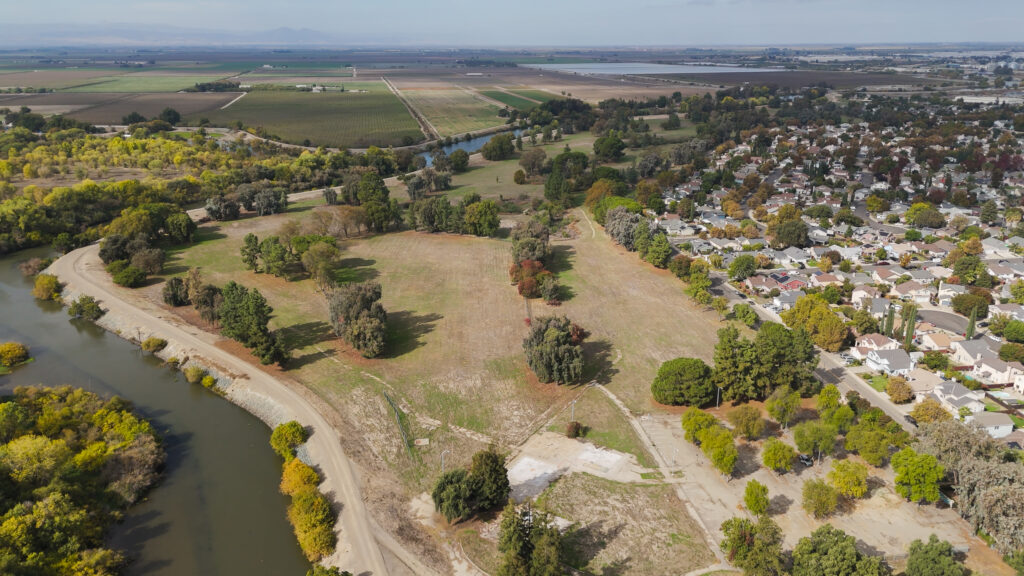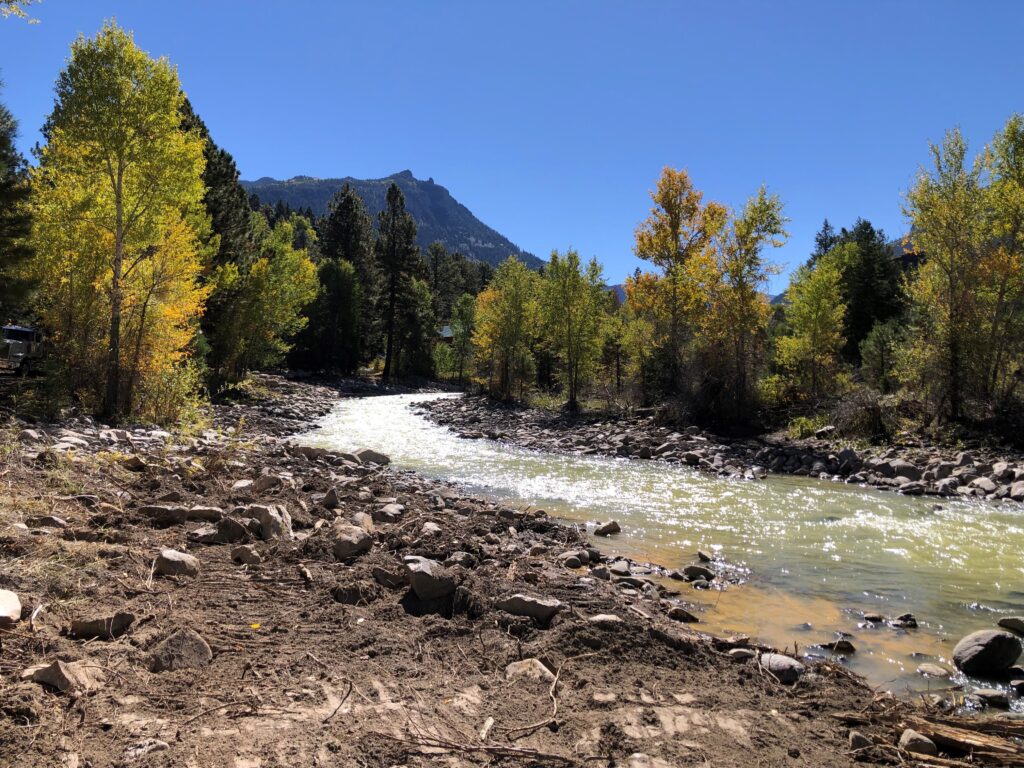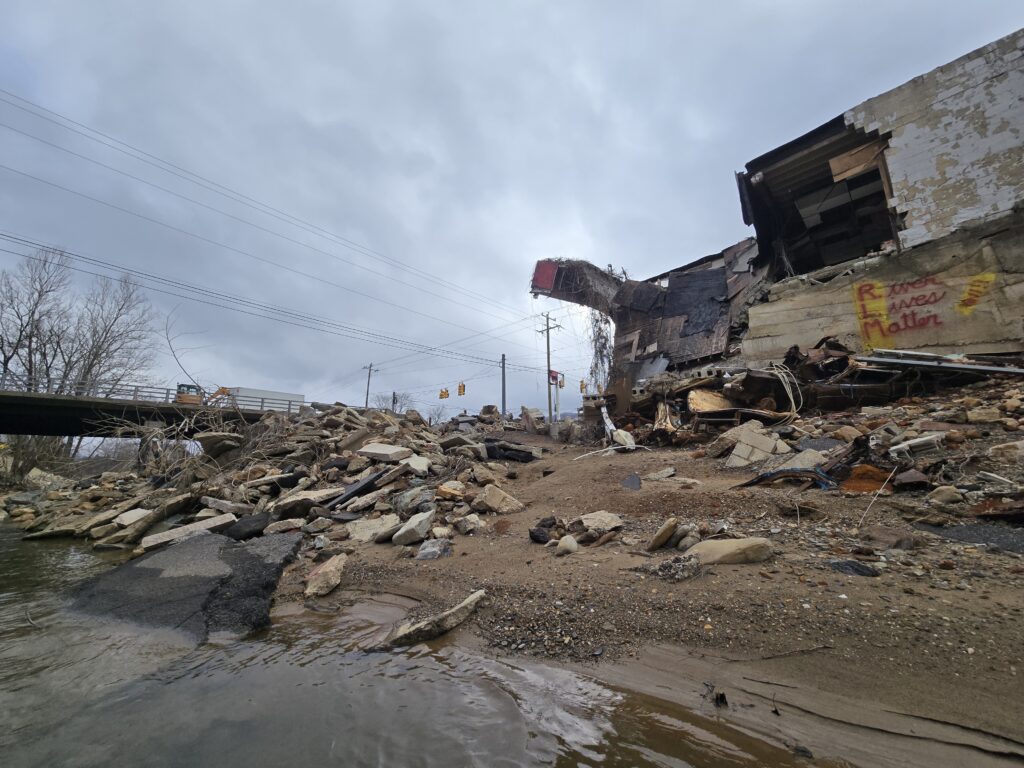Record Floods Keep Coming – And States are Being Left to Clean Up
How states can lead on flood preparedness as federal disaster aid fades
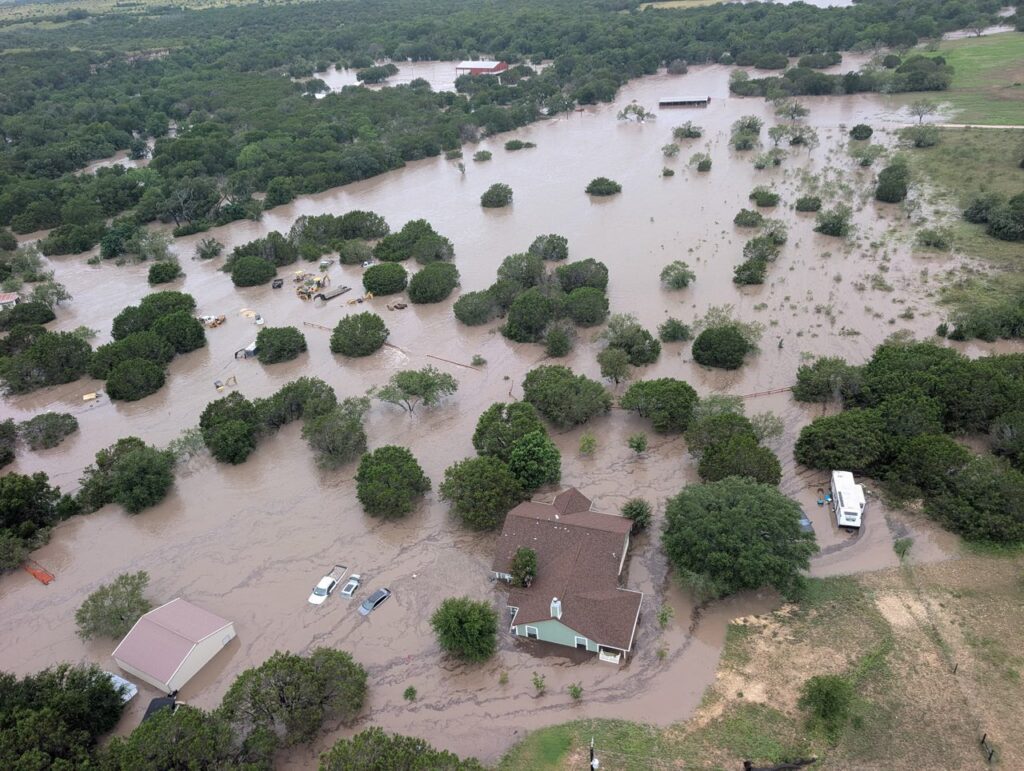
Days after President Trump took office, he signed an Executive Order establishing a Council to Assess the Federal Emergency Management Agency (FEMA) and recommend changes, including potentially abolishing the agency. This Executive Order was followed by dramatic staff reductions and funding cuts for FEMA and other agencies charged with natural hazard management. The long-needed Building Resilient Infrastructure and Communities program that funded pre-disaster mitigation projects was suspended, and federal policies, like the Federal Flood Risk Management Standard, which was intended to promote flood-resilient infrastructure investments, were rescinded. The floodplain and emergency management community has been collectively holding their breath, waiting to see what these changes will mean for communities impacted by floods and other natural disasters.
Unfortunately, we’re watching the results play out in real time.
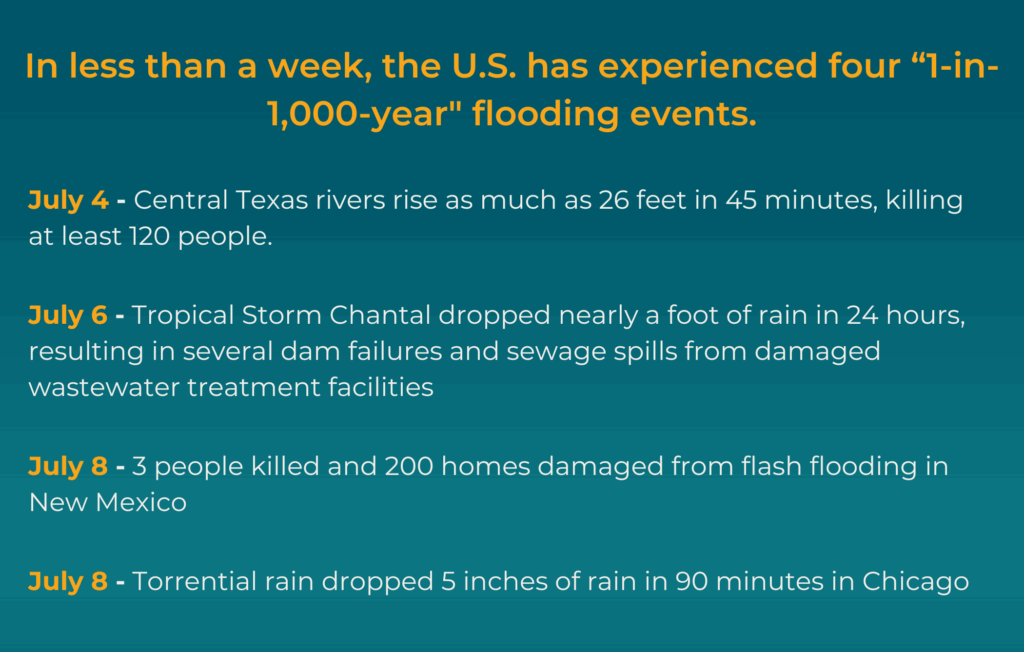
We’re still learning the details of how and why the Texas floods were so destructive, but what is clear is that improvements are needed by everyone involved in emergency management- federal agencies, states, local governments, and individuals.
U.S. disaster management systems are imperfect and in need of repair. Stories of residents being displaced for years after a disaster as they struggle to get reimbursed for damages and rebuild their lives are all too common. Inefficiencies in our bureaucratic systems move remarkably slow and the complexity of navigating agency processes makes even the experts heads spin. Increased efficiencies at the federal level are desperately needed, but states and local communities have always played a key role preparing for disasters – outspending the federal government 2:1 on disaster infrastructure thanks to revenue-backed state and local bonds and barrowing ability.
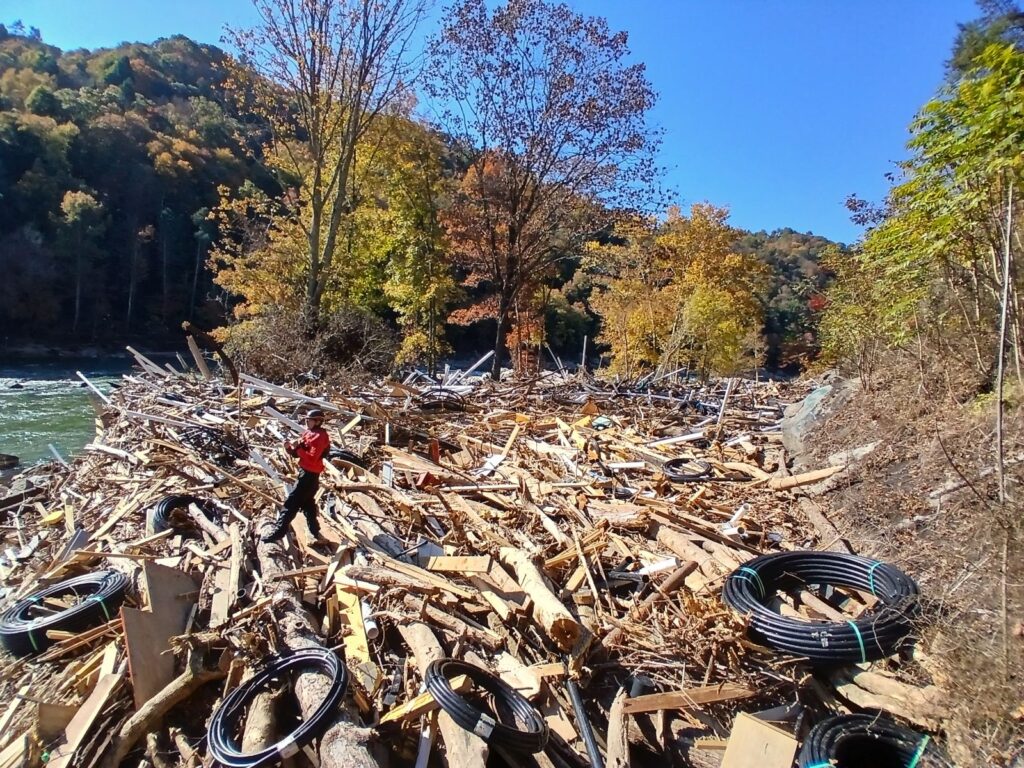
Help Ensure States are Prepared for Hurricane Season
States cannot wait for another hurricane to hit to strengthen their programs and invest in flood resilience. State leaders must strengthen natural disaster and flooding response capabilities now!
With the federal government stepping back from disaster mitigation and recovery it’s essential that states take steps now to fill the gap and help their communities prepare.
While the future of federal agencies critical to our disaster system, like FEMA, is uncertain, there are clear steps states can take to prepare.
- Know Your Risk: Relying on historical data to inform future decision-making is no longer effective. Updates in climate projections, modeling, mapping, and design allow for more informed planning and decision making. Clearly communicating risk to communities, disclosing flood risks, and proactively planning for increased resilience can mitigate the impacts of future events while providing residents the information they need to prepare.
- Coordinate Across Agencies: Preparing for and recovering from natural hazards is a shared responsibility across all levels of government and several agencies. States have separate departments for floodplain management, emergency response, natural resources, housing, and human services etc., but all these entities play an important role and need to work together. Establishing a Chief Resilience Officer with the appropriate authority to enact change can be an effective way to coordinate efforts across agencies. There are now over 16 states with this model.
- Grow Capacity: Managing any public funding requires people to administer the funds and oversight to ensure statutory requirements are met. One option currently being considered by the Trump administration is passing federal funding directly to the states; however, most states and communities are already understaffed and do not have the capacity to properly administer these funds, especially when federal funding has a high administrative burden with low overhead caps. If this option moves forward, it will be critical that federal funding programs increase the administrative caps and states begin growing their capacity to manage new funding, either from the federal or state government.
- Fund Integrated Hazard Mitigation: Preventing a disaster is far more cost-effective than recovering from one. State-integrated hazard mitigation programs are an effective way to reduce risk and create efficient systems tailored to local needs. Programs can utilize state revenue or receive infusions of federal funding, when available, making these programs more resilient to political shifts.
Effective state programs establish overarching goals and guidance but provide flexible funding to support local coordination, planning, implementation, and administration to ensure outcomes are locally driven. Prioritizing nature-based solutions like floodplain restoration, open space preservation, and coastal marsh restoration that provide multiple benefits to a diverse range of partners further strengthens support for these programs and maximizes investments.
- Strengthen Land Use and Development Standards: The National Flood Insurance Program (NFIP) sets minimum standards for land use and development for participating communities. While updates are long overdue to these minimum standards, states can adopt higher standards to reduce risk at any time. As states take on more disaster mitigation and recovery responsibilities, guiding development away from high-risk areas can reduce recovery costs and protect floodplain and wetland ecosystems while safely increasing economic development and meeting other community needs like affordable housing.
- Address Infrastructure Vulnerabilities: Our nation’s dam and are aging and many are in poor condition and struggling to keep up with modern storm events. States should establish dam and levee safety programs that fund inspections, maintenance, or removal of these structures when they have outlived their purpose.
With a new hurricane season upon us and the federal safety net thinning, states have a choice – either wait for the next storm or lead the way on building a safer, more resilient future.
